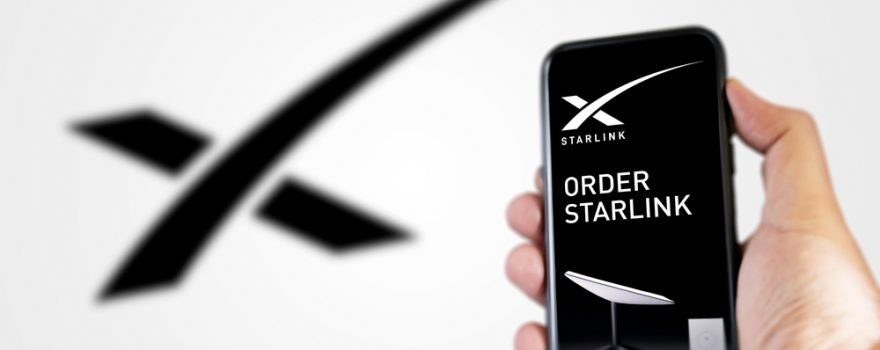
SpaceX, under the leadership of visionary CEO Elon Musk, announced a remarkable achievement on X Twitter – a groundbreaking 17 Mbps download speed directly from the Starlink satellite to an unmodified Samsung Android phone.
Maximizing Potential: Peak Speeds and Coverage Clarifications
Elon Musk proudly shared the achievement, stating, “SpaceX just achieved a maximum download speed of 17 Mbps from the satellite directly to an unmodified Samsung Android phone.” Responding to inquiries, Musk clarified that this speed represents the current peak per beam. He emphasized that the effectiveness of this system lies in areas with no cellular service, working in tandem with wireless providers, as exemplified by the strategic partnership between SpaceX and T-Mobile.
From Dead Zones to High Speeds: The SpaceX-T-Mobile Partnership
In a flash of innovation, SpaceX and T-Mobile joined forces in August 2022 to eliminate cellular “dead zones” using Starlink satellites. Initially aiming for 2-4 Mbps speeds for conventional 5G smartphones in certain coverage areas, the recent revelation surpasses these projections.
Texting the Future: Starlink D2D Satellites Make History
Fast forward to January 2024, SpaceX and T-Mobile achieved another milestone by sending and receiving the first text messages via Starlink D2D satellites. Launched just a week before, this project aims to provide satellite internet connectivity to regular cell phones, ensuring T-Mobile customers can stay online even in areas without cell phone coverage.
SpaceX envisions the public launch of text services with T-Mobile in 2024, with ambitious plans to expand offerings to voice, data, and the Internet of Things in 2025. The global outreach includes partnerships with Rogers in Canada, Optus in Australia, KDDI in Japan, and more.
Direct-to-Device Revolution: Specialized Starlink Satellites and Successful Tests
To deliver these communication services, SpaceX introduced larger, specialized versions of Starlink satellites with Direct-to-Device (D2D) capability. The initial deployment of six such satellites on Jan. 2 underwent successful early tests, paving the way for a revolutionary communication era.
“On Monday, January 8, less than 6 days after launch, we sent and received our first text messages to and from unmodified cell phones on the ground to our new satellites in space using T-Mobile network spectrum… [indicating that] the system works,” SpaceX proudly shared on its blog.
A Tower in the Sky: T-Mobile’s Vision for Technology
As the partnership unfolds, T-Mobile CEO Mike Sievert compared this technology to “putting a cell tower in the sky.” He envisions a future where dead zones are eradicated, enabling seamless communication even in the middle of the ocean.
Despite these achievements, a scrutinizing social media audience noted discrepancies in sent and received messages between two devices. Some messages were lost in transit, underscoring potential challenges in achieving flawless communication.
Conclusion: The Future of Connectivity Unveiled
The collaboration between SpaceX and T-Mobile promises not just faster internet but a transformative shift in global communication. With challenges acknowledged and groundbreaking speeds achieved, the prospect of a world without cellular dead zones is inching closer to reality.
Source: Engadget

 Get in Touch
Get in Touch 


